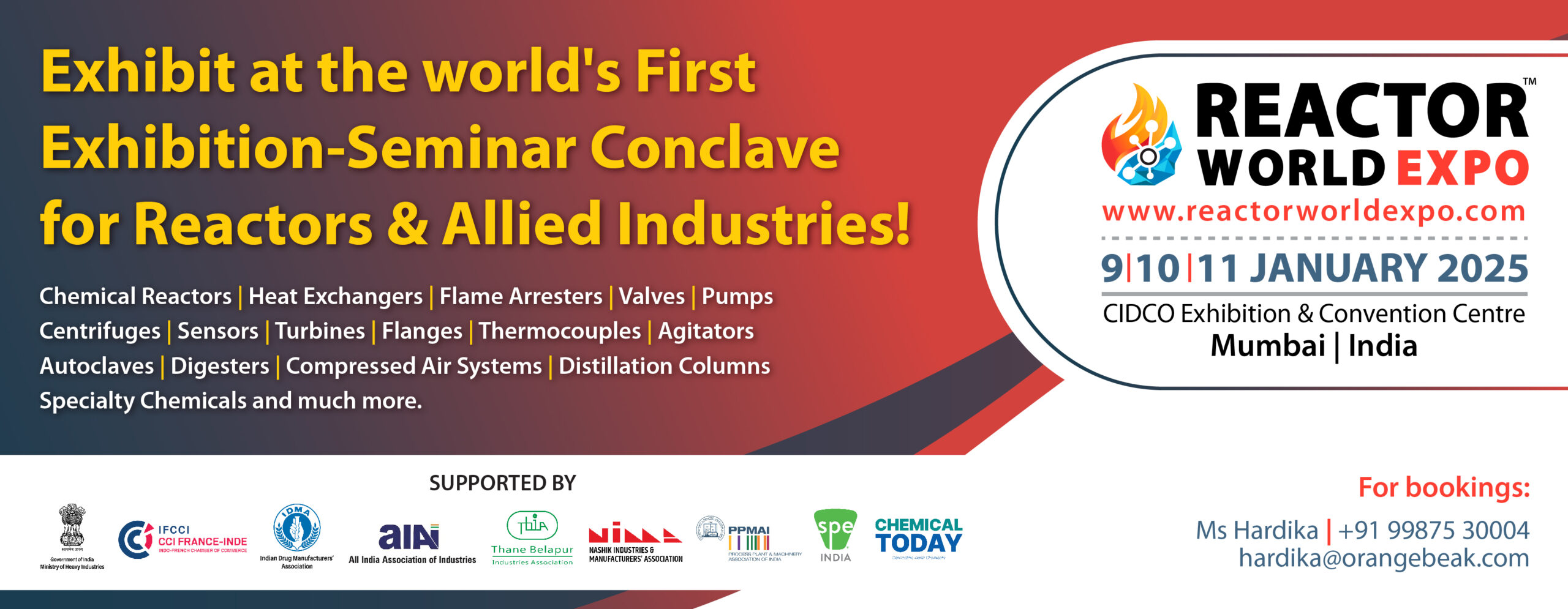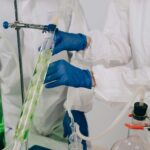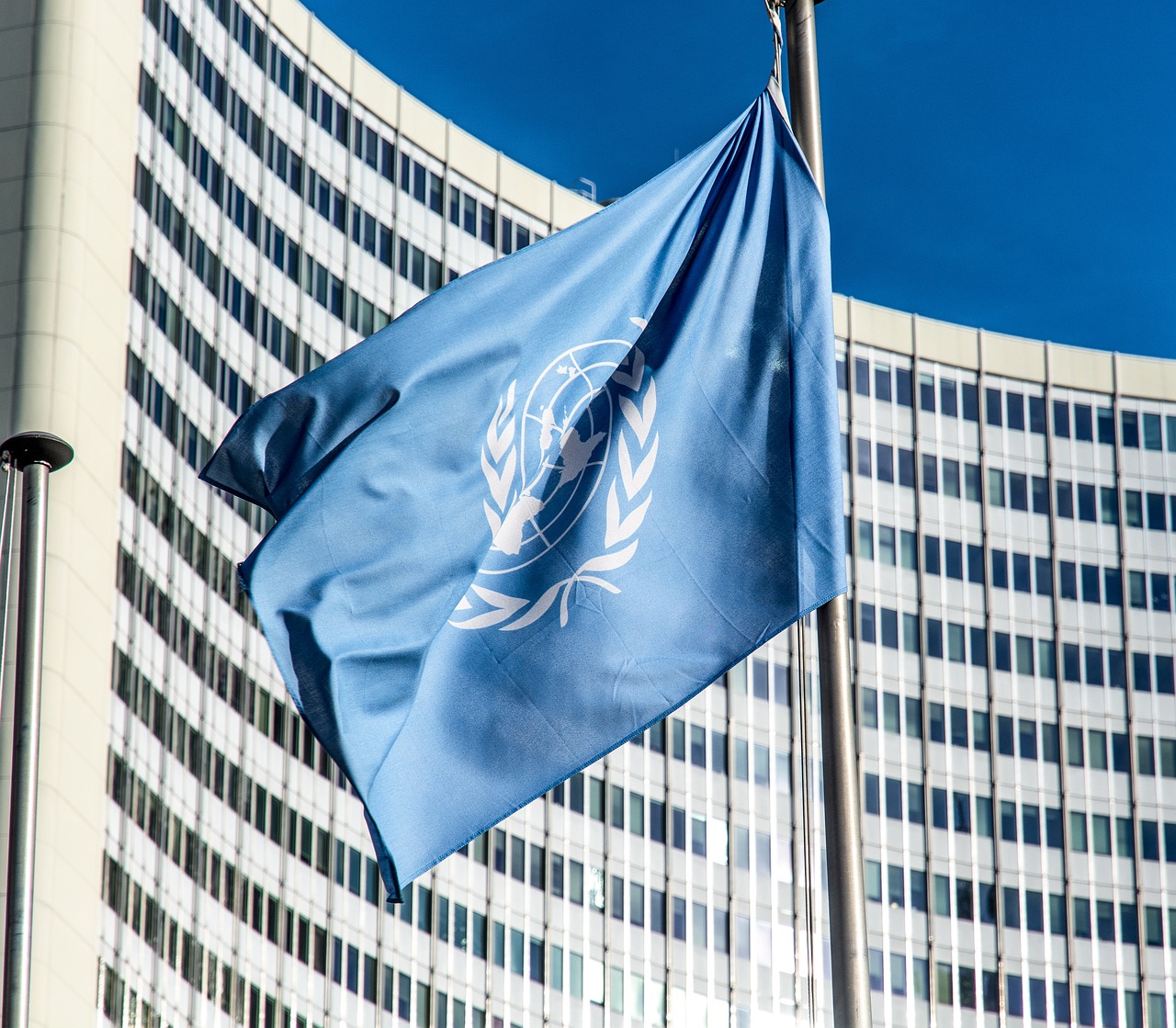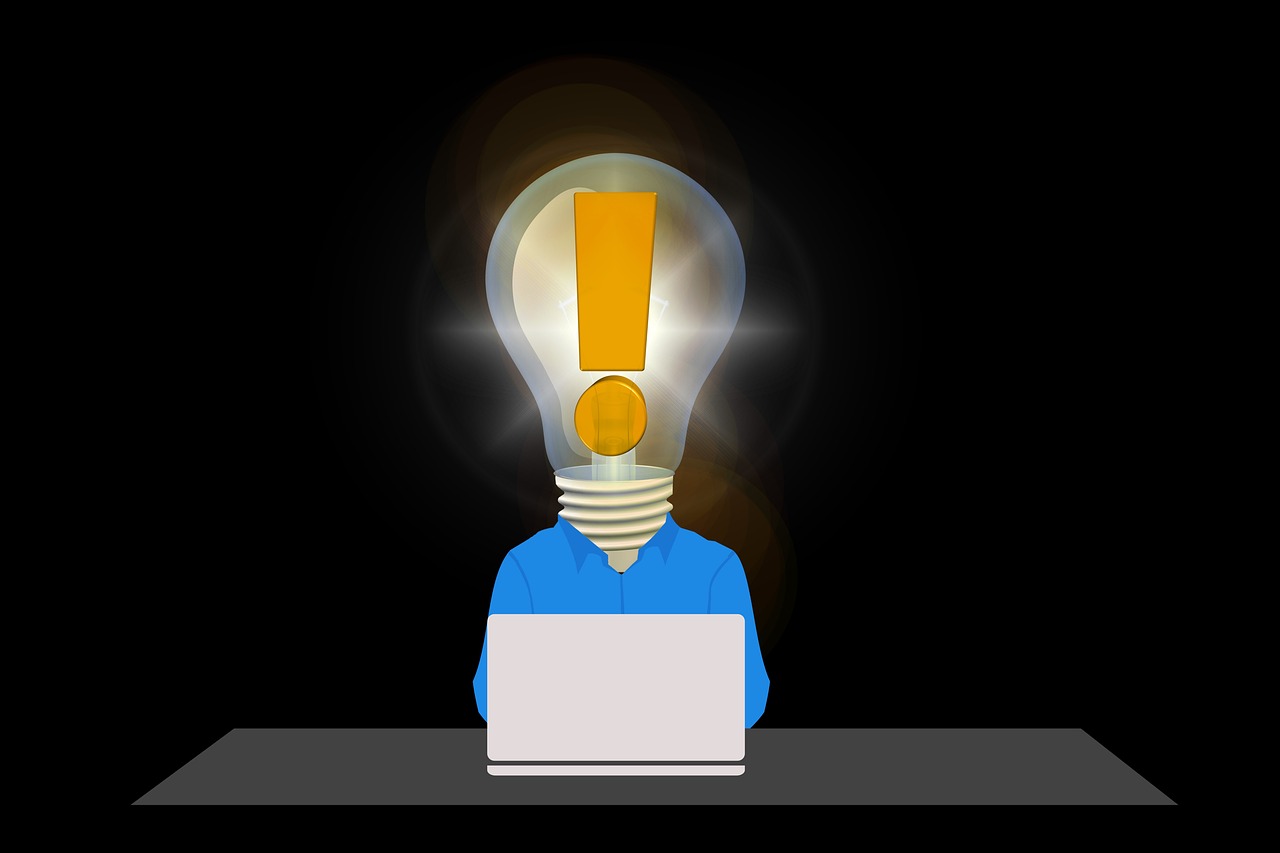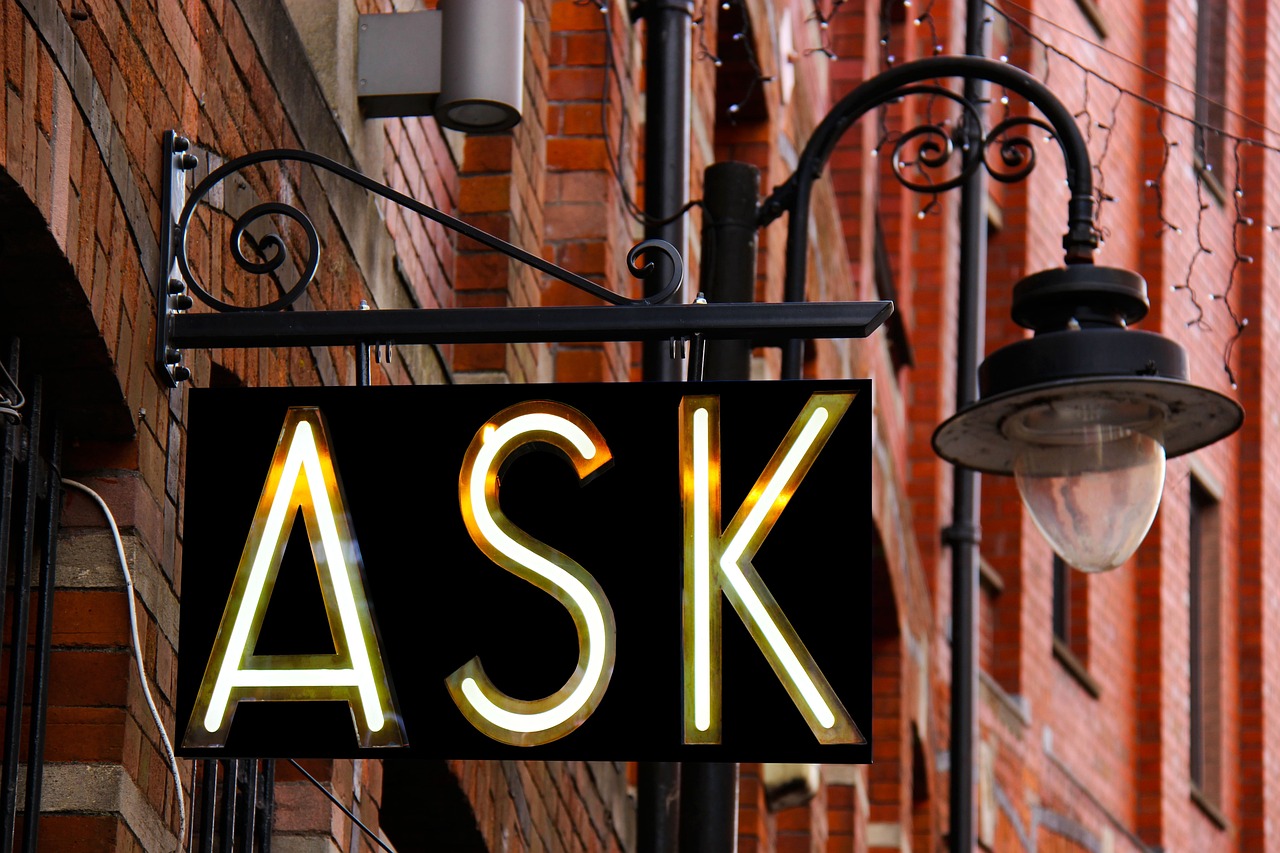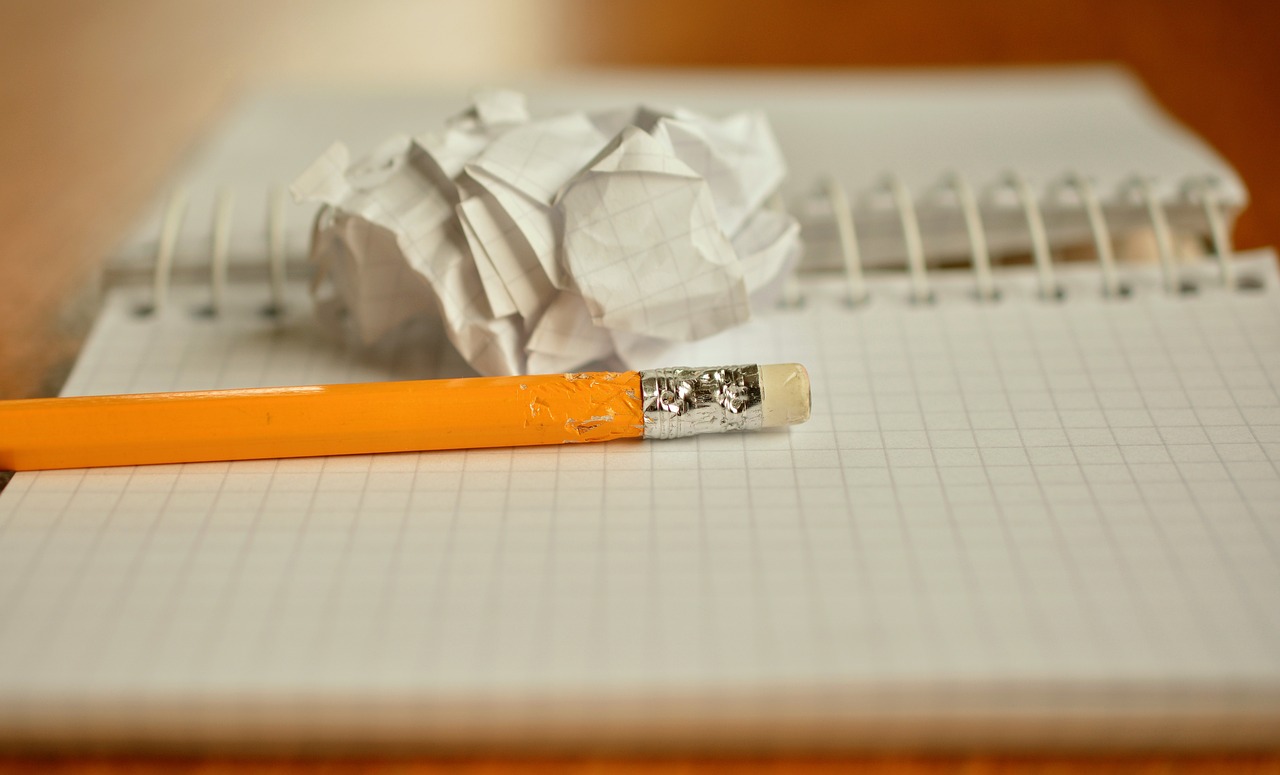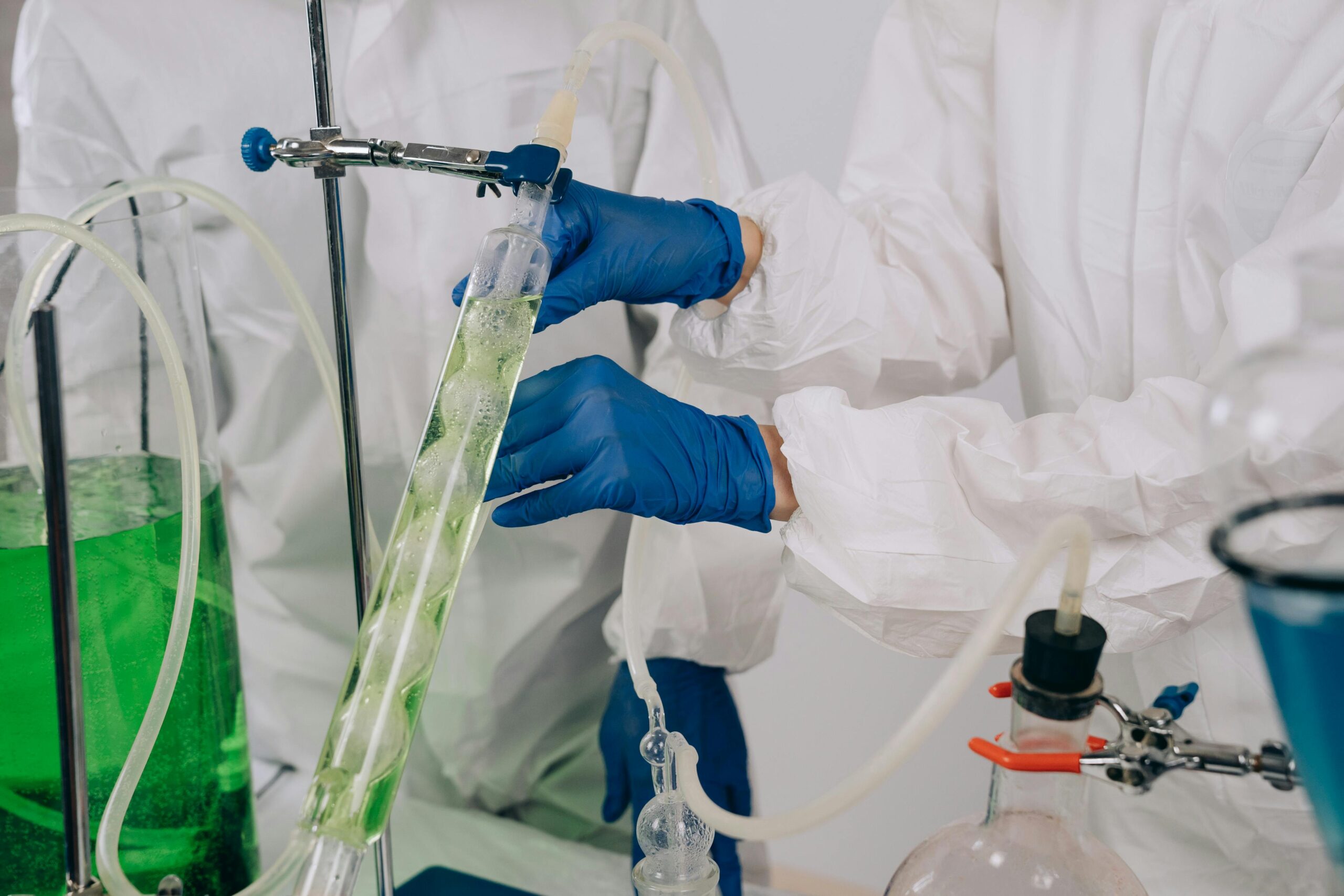Introduction:
In September 2015, the world took a significant step toward a more sustainable and equitable future with the adoption of the Sustainable Development Goals (SDGs) by the United Nations. These 17 interconnected goals represent a universal call to action, guiding efforts to address the most pressing global challenges by 2030. From ending poverty and hunger to combating climate change and promoting gender equality, the SDGs are a roadmap for a better world. In this article, we explore the essence of each SDG and the collective efforts required to achieve them.
Goal 1: No Poverty
The first goal is to eradicate poverty in all its forms. It emphasizes the need to ensure that no one is left behind, regardless of their socioeconomic status.
Goal 2: Zero Hunger
Goal 2 calls for an end to hunger and the promotion of sustainable agriculture to ensure food security for all.
Goal 3: Good Health and Well-being
This goal aims to ensure access to healthcare and promote well-being at all stages of life.
Goal 4: Quality Education
Quality education is key to achieving all other goals. It seeks to provide inclusive and equitable education opportunities for all.
Goal 5: Gender Equality
Goal 5 focuses on gender equality and empowering women and girls, recognizing that their participation is vital for sustainable development.
Goal 6: Clean Water and Sanitation
Access to clean water and sanitation is fundamental to health and well-being. Goal 6 strives to ensure these services for all.
Goal 7: Affordable and Clean Energy
Goal 7 promotes access to affordable, reliable, and sustainable energy sources for everyone.
Goal 8: Decent Work and Economic Growth
This goal emphasizes the importance of creating economic opportunities, ensuring job security, and fostering sustainable economic growth.
Goal 9: Industry, Innovation, and Infrastructure
Resilient infrastructure and innovation are essential for economic development and sustainability.
Goal 10: Reduced Inequality
Goal 10 addresses inequalities within and among countries, working toward a more equitable world.
Goal 11: Sustainable Cities and Communities
Sustainable urban development is the focus of Goal 11, aiming to create inclusive, safe, and resilient cities and communities.
Goal 12: Responsible Consumption and Production
This goal encourages sustainable consumption and production patterns to reduce waste and resource depletion.
Goal 13: Climate Action
Climate change is one of the most critical challenges of our time. Goal 13 calls for urgent action to combat it.
Goal 14: Life Below Water
Goal 14 is dedicated to the conservation and sustainable use of oceans, seas, and marine resources.
Goal 15: Life on Land
Protecting terrestrial ecosystems, halting land degradation, and conserving biodiversity are central to Goal 15.
Goal 16: Peace, Justice, and Strong Institutions
This goal seeks to promote peaceful, inclusive societies and strengthen institutions for sustainable development.
Goal 17: Partnerships for the Goals
Collaboration is key to achieving the SDGs. Goal 17 underscores the need to revitalize the global partnership for sustainable development.
Conclusion:
The Sustainable Development Goals represent humanity’s shared vision for a better world. They recognize that the challenges we face—poverty, inequality, climate change, and more—are interconnected and require collective action. Achieving these goals by 2030 is an ambitious endeavor, but it is within our reach with commitment, collaboration, and innovation.
Governments, civil society organizations, businesses, and individuals all have a role to play in this global endeavor. The SDGs are not just a plan; they are a promise to future generations. Together, we can transform our world, leaving a legacy of sustainability, prosperity, and equity for all. The journey has begun, and the time to act is now.
